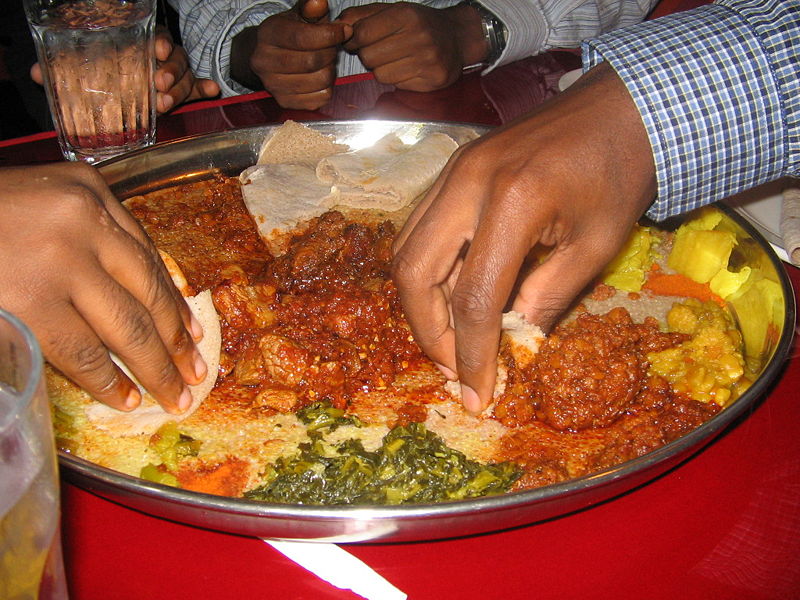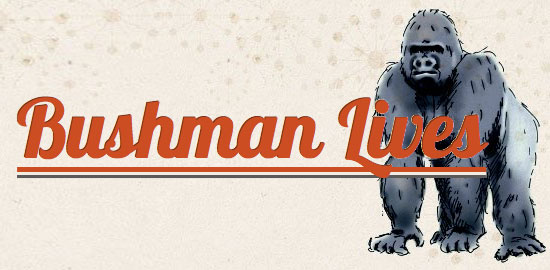Here We Go Printing Food, Delicious and Awkward in Our Blessed 1.0 Days
So with all the mainstream talk of 3-D printing food, I’ve been thinking over the parameters of such a thing. Here’s the basic brain dump of what I’ve been furiously typing on various modes of public transportation. Preparing something more cleaned up for TITLE, print or digital.
Background: NASA is sprinkling a few spoonfuls of development dollars on 3-D printing food. Homaro Cantu grew algae on rooftops and made edible paper. Soylent raised six figures in two hours for their meal replacement powder, pitching it for both busy people and as a blow against hunger. Several ventures are making lab grown meat, with PETA putting out a million dollar bounty. Hard to say if we’re still at the hundred bucks a bite, soggy pork stage.
These ideas converge and economy of scale will work wonders if these aren’t murdered in the crib by Nabisco or or Monsanto or Archer Midland Daniels. What’ll make the papers is the sort of articles that are the equivalent Iranian-grade Photoshop renderings of a bacon cheeseburger on a Makerbot heating mat. (I want to be the Pope of vernacular Photoshop_
Let’s talk about something closer to now. Let’s talk software, inputs and use.
Uses basic nutritional inputs. Protein, fiber, vitamins, minerals, fats, carbs. You can already buy these.
Combines these with basic flavoring agents. Flavor in broad strokes. Sweet (stevia), sour (citric acid), bitter (?), savory, fattiness/creaminess
More complex spice combinations that are endlessly remixed. Start with popular blends that replicate middle-ground cuisine standards—tex-mex spice, chipotle-lime, madras curry, tom yum–but allow remixing.
Spice combinations that are endlessly remixable based on user reaction to the flavors. Guided by tagging of flavor combinations, categorization. Users are encouraged to savor and taste the food—ceremony, mindful eating–and then give notes/feedback like at a wine tasting or expresso cupping.
The system uses this feedback to construct flavor profiles amenable to the user. Flavor channels, basically. Borrow the approach underlying Pandora and break it down to the genetic profile of the experience of flavor, like they do for genres and micro genres of music.
See also: Coke’s flavor-blending machines
See also: the increasingly sophisticated marketing profiles that Google, Facebook, Twitter, and that whole rogue’s gallery gathers on you.
What would you use all that data-gathering infrastructure for in a post-scarcity, post-advertising bubble world?
Also: make it programmable. Hackable, sure, but put in manual controls accessible to an average user. It’s great to have a magic machine spit out flavor gunk that feels like 80% of the way to what you want but people will want to be able to override that sometimes and cook with it. Like 3-D printing, this needs a standardized file type so users can swap designs and recipes. Share alike.
At first, the choices will be limited. Texture and structure are hard. 3-D printing might be less of an apt model in the first stages because a 3-D printed hamburger, a 3-D printed baked potato–made from shelf-stable inputs–is going to be vastly inferior to the real thing for a long time. Pastes, dips, whips, shakes… think hummus. Baba ganoush, curries, pate. But think about it: that’s most of the world’s traditional cooking. Delicious goop and flatbread. We’re not replacing fine cuisine or even cooking. We’re replacing the every day subsistence, not feasts, festivals or family meals. we’re not there yet and you’ll have to pry my cast iron cookware from my cold dead hands.
For the first generation of this, think about a Ethiopian food machine. One slot spits out flatbread, one nozzle squirts thick hot stew on it. Fold it up and go.


